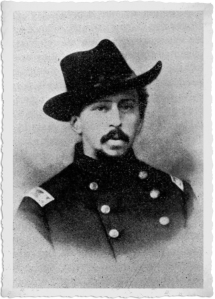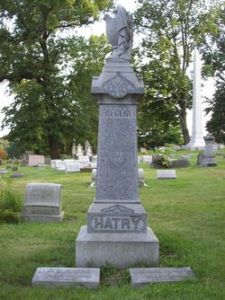I certainly do not represent myself as a military historian. I do love to find interesting people and stories and present them on the blog so they might be remembered, or discovered. I have done extensive research on only four Civil War regiments and even at that until finding Col. Benjamin Smith of the 126th O.V.I. I found no compelling stories in the regiments commanding officers.
Briefly, Benjamin Franklin Smith was a graduate of the U.S. Military Academy. He served in the military from graduation in 1853 until his death in 1868 at a lonely outpost in Wyoming. He served in Texas, Kansas, and further west in the frontier, ending in California; returned to the Eastern Civil War front, then back to the frontier. He fought Indians and Confederate Armies, and was honored for Gallant and Meritorious Conduct on more than one occasion.
It is necessary to understand the military title “Brevet” when reading about his numerous commissions. It is a commission promoting a military officer to a higher rank without increase of pay and with limited exercise of the higher rank, often granted as an honor, most often immediately before retirement.
Let’s remember, or discover, Benjamin Franklin Smith of Trenton, New Jersey.
BENJAMIN FRANKLIN SMITH
Born Nov. 25, 1831, Trenton, NJ.
Died June 28,1868 at Fort Reno near Sussex, Wyoming
Buried in the now abandoned Fort Reno Post Cemetery
Source: Find-a-Grave.com
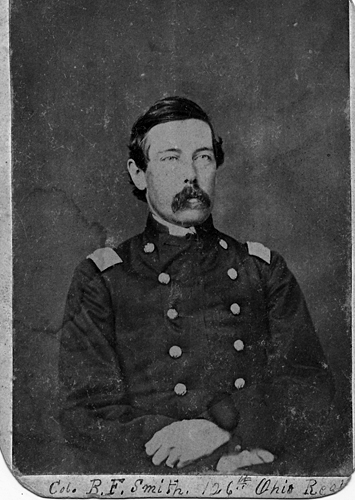
Military History
Military History Source; website belonging to Bill Thayer at http://penelope.uchicago.edu
Cadet at the U.S. Military Academy, Jul. 1, 1849, to July 1, 1853, when he was graduated and promoted in the Army to Brevet Second Lieut. of Infantry, July 1, 1853. Served: in garrison at Fort Columbus, NY 1853; on frontier duty at Fort MacIntosh, TX 1854, — Fort Clark, TX 1854; Scouting, 1854, being engaged in a Skirmish with Comanche Indians, near Nueces River, July 5, 1854, — Ft. Clark, Tex., 1854‑55, — Fort Duncan, TX1855
Second Lieut., 6th Infantry, Mar. 3, 1855; Fort Kearny Neb., 1855‑57, March to Bridger’s Pass, Utah, 1857, then Fort Levenworth.
First Lieut., 6th Infantry, Dec. 24, 1856; Kansas, 1857, — quelling Kansas Disturbances, 1857‑58, — Convoying supply train to Utah, 1858, — Fort Bridger and Mormon Expedition, Utah, 1858, — March to California, 1858, — San Francisco, Cal., 1858‑59, — Fort Gaston, CA 1859, — and on Navajo Expedition, 1859; in garrison at San Francisco, Cal., 1859, — and Newport Barracks, KY 1860; on Wagon Road Expedition from Fort Benton, Mont. to Fort Walla Walla, Washington 1860; and on frontier duty at Fort Churchill, NV 1860‑61.
Civil War 1861-1866
Captain, 6th Infantry, May 14, 1861; Duty at Philadelphia, Pa., Aug.‑Sep., 1861; in command of Regiment (Army of the Ohio), in the Tennessee Campaign, Nov., 1861
Colonel, 1st Ohio Volunteers, Oct. 12, 1861, to June, 1862; Duty in Louisville, Kentucky to Feb. 1862, Battle of Shiloh, Apr. 7, 1862
Brevet Major, Apr. 7, 1862, for Gallant and Meritorious Services at the Battle of Shiloh, TN; with 6th Infantry (Army of the Potomac), in the Virginia Peninsular Campaign, May to Aug., 1862, being engaged in the Battle of Gaines’s Mill, June 27, 1862, — and Battle of Malvern Hill, July 1, 1862; in the Northern Virginia Campaign, Aug.‑Sep., 1862
Colonel, 126th Ohio Volunteers, Sep. 10, 1862; engaged in the Battle of Manassas, Aug. 29‑30, 1862; in command of Regiment, Oct. to Dec., 1862, — of Brigade, Jan. to July, 1863, — and of Regiment, July, 1863, — in Western Virginia Operations, being engaged in the Action at Martinsburg, June 14, 1863; in command of Brigade (Army of the Potomac), in Operations in Central Virginia, July, 1863, to Apr., 1864, being engaged in Pursuit of the enemy (retreating from Pennsylvania) to Warrenton, Va., July, 1863, — and Action of Locust Grove and Mine Run, Nov. 26‑27, 1863; in the Richmond Campaign (Army of the Potomac), May to July, 1864, being engaged in the Battle of the Wilderness, May 5‑6, 1864, — Battles of Spottsylvania C. H., May 9‑20, 1864, — Battle of Tolopotomy, May 30, 1864, — Battles and Actions of Cold Harbor, June 1‑13, 1864, — and Siege of Petersburg, June 17 to July 5, 1864; on sick leave of absence, July 5 to Oct., 1864; on Board to visit the Military Hospitals of the State of Missouri, Oct. to Dec., 1864; in command of Brigade, 6th Corps (Army of the Potomac), in the Richmond Campaign, Dec., 1864, to Apr., 1865, being engaged in the Siege of Petersburg, Dec., 1864, to Apr. 2, 1865, participating in the Assault and Capture of the enemy’s intrenched picket line, Mar. 26, and of main lines, Apr. 2, 1865, — pursuit of the Rebel Army
Brevet Brig.‑General, U. S. Volunteers, Mar. 26, 1865, for Gallant and Meritorious Conduct before Petersburg, Va.
Brevet Lieut.‑Col., Apr. 2, 1865, for Gallant and Meritorious Services in front of Petersburg, Va.; to Jetersville, Apr. 2‑5, 1865, — and Convoying 1,600 Prisoners of War to City Point, Apr. 6‑8, 1865; on March to Danville, Va., May, 1865;
Mustered out of Volunteer Service, June 25, 1865
Served in the Department of South Carolina, Sep., 1865, to Aug. 15, 1866, being Provost Marshal General of the Department, Oct. to Dec., 1865, — in command of the Sub-District of Georgetown, S. C., Dec. 20, 1865, to Apr. 25, 1866.
Served: as Acting Asst. Commissioner of Bureau of Refugees, Freedmen, and Abandoned Lands, Dec. 20, 1865, to Aug. 15, 1866, — and in command of the Post of Georgetown, S. C., Apr. 25 to Aug. 15, 1866; on Recruiting service, Aug. 20, 1866, to Apr. 30, 1867
Major, 27th Infantry, July 28, 1866
Back to the frontier at Ft. Philip Kearny, July 3, 1867, to June, 1868, — and Fort Reno Dakota to June 22, 1868.
Final Duty
Col. Smith Died, June 22, 1868, at Ft. Reno, Dakota, Age 37, and is buried in the Fort Reno Cemetery, Sussex, WY.
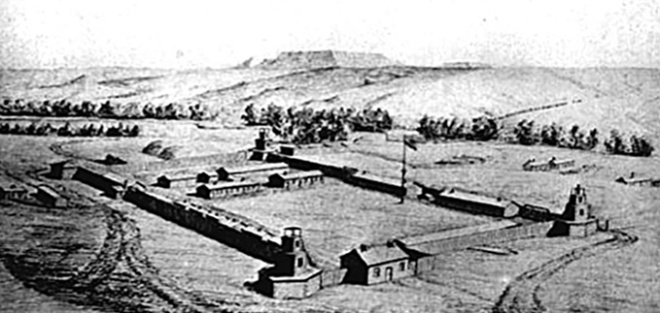
Fort Reno also known as Fort Connor or Old Fort Reno, was a wooden Fort established on August 15, 1865 by the United States Army in Dakota Territory in present-day Johnson County, Wyoming. The fort was built to protect travelers on the Bozeman Trail from Native American Tribes.
Indians never attacked Fort Reno. It was abandoned under the terms of the 1868 Fort Laramie treaty. Then, Indian tribes did burn it. Only shallow depressions in the ground remain today. Col. Smith’s burial place is only signified by a plague describing what had stood there until 1868.

Will Benjamin F. Smith be remembered or discovered?

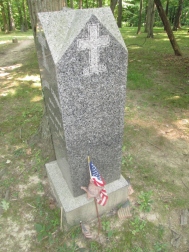
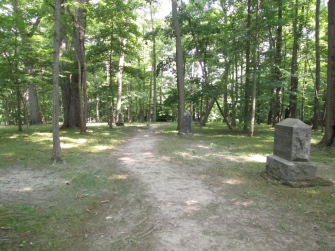
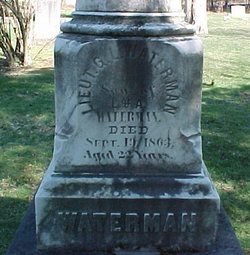 Waterman at Cedar Grove Cem., Peninsula
Waterman at Cedar Grove Cem., Peninsula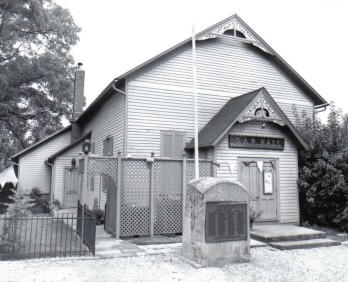 G.A.R Hall Peninsula, Ohio
G.A.R Hall Peninsula, Ohio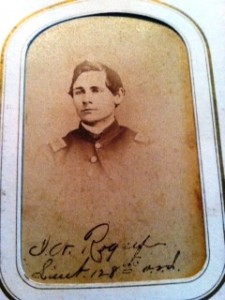
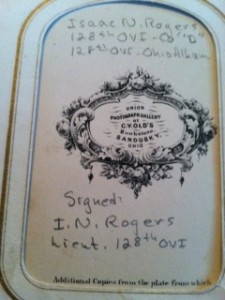
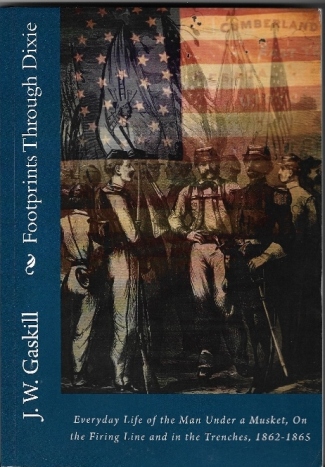
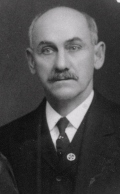 Jacob Ash (1846-1902)
Jacob Ash (1846-1902) 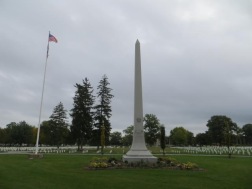 Samuel Bedwell (1845-1912)
Samuel Bedwell (1845-1912)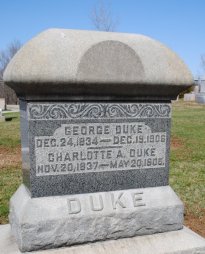 George Duke (1834-1906)
George Duke (1834-1906)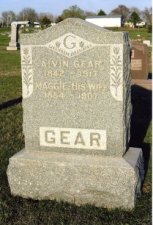 Alvin S. Gear (1842-1917)
Alvin S. Gear (1842-1917)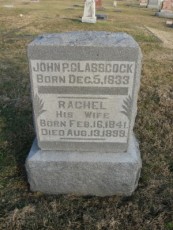 John Peter Glasscock (1833- )
John Peter Glasscock (1833- )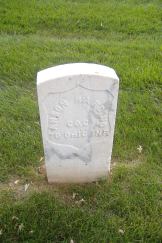 Anson Harding (1843-1921)
Anson Harding (1843-1921)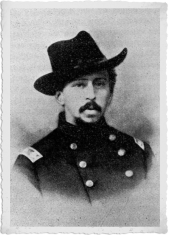 Lt. Col. August Hatry (1840-1898)
Lt. Col. August Hatry (1840-1898)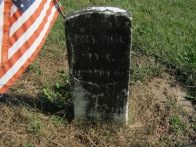 Thomas Hise (1823-1882)
Thomas Hise (1823-1882)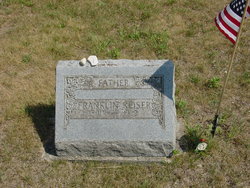 Franklin Keiser (1840-1922)
Franklin Keiser (1840-1922)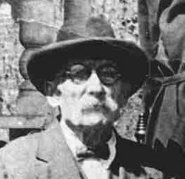 Dennis Madden (1846-1928)
Dennis Madden (1846-1928) 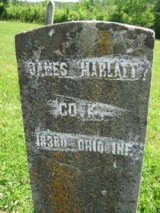 James Marlatt (1839-1885)
James Marlatt (1839-1885)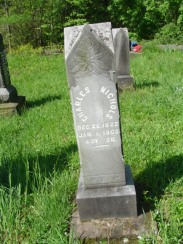 Captain Charles C. Nichols (1822-1865)
Captain Charles C. Nichols (1822-1865)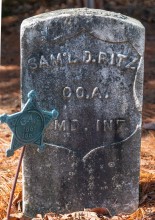 Samuel D. Ritz (1831-1911)
Samuel D. Ritz (1831-1911)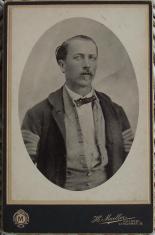 Charles Schmidt, QMS 183rd Ohio (1831-1915)
Charles Schmidt, QMS 183rd Ohio (1831-1915)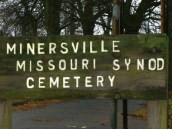 Revilow N. Spohn (1848-1931)
Revilow N. Spohn (1848-1931)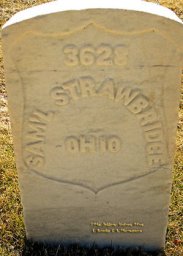 Samuel Strawbridge (abt 1839-1865)
Samuel Strawbridge (abt 1839-1865)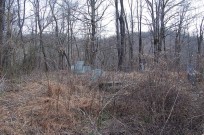 Abraham Sullivan (1833-1917)
Abraham Sullivan (1833-1917)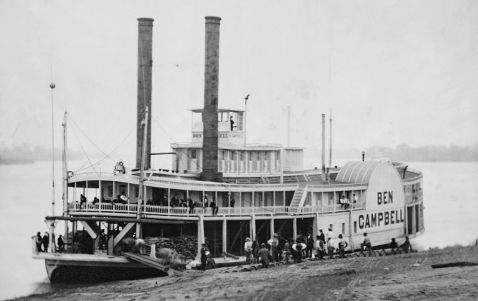 Civil War era Steamer
Civil War era Steamer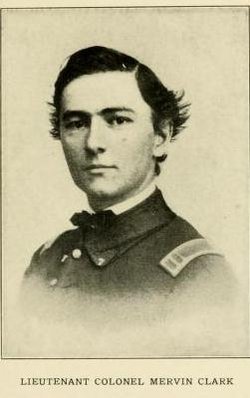
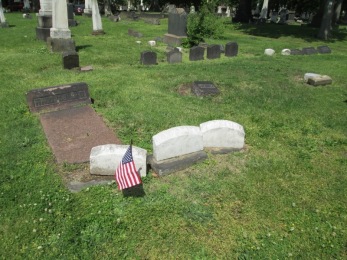 Buried near him are Henry and Emily
Buried near him are Henry and Emily 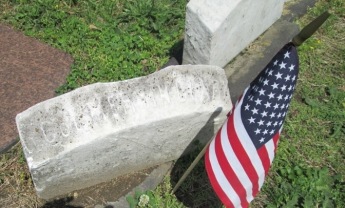
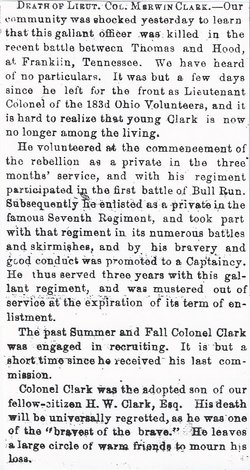
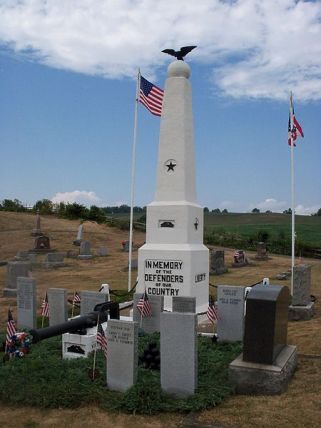
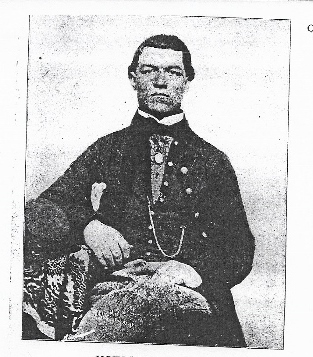
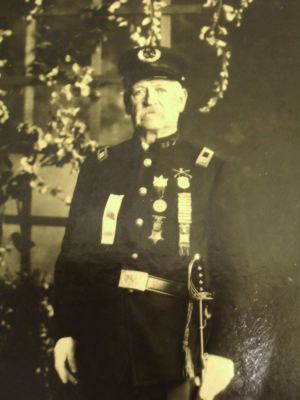
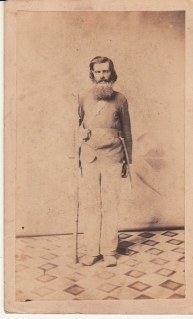
![CEM47150394_124872332631[1]](https://ourgrampascivilwar.files.wordpress.com/2016/06/cem47150394_1248723326311.jpg?w=307&h=230)
